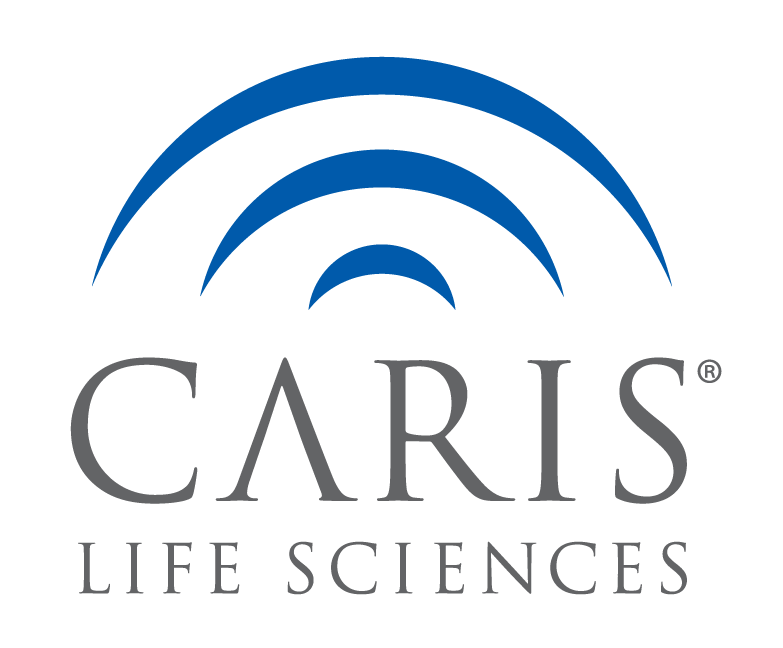Introduction:
DICER1 is a ribonuclease III enzyme that processes pre-microRNAs into mature 20-23 nucleotide microRNAs. Heterozygous germline DICER1 loss-of-function mutations are associated with a cancer predisposition syndrome in which affected individuals present at a young age with rare neoplasms including pleuropulmonary blastoma (PPB), pineoblastoma, embryonal rhabdomyosarcoma (ERMS), Sertoli-Leydig cell tumors (SLCT) and thyroid hyperplasia. These tumors have secondary somatic missense mutations in the remaining DICER1 allele in exons 24 and 25 encoding the RNAse IIIb domain. Contribution of DICER1 somatic mutations to carcinogenesis in the adult population is largely unknown.
Methods:
Caris Life Sciences (Phoenix, AZ) database of over 30,000 human cancers containing complete gene sequences of 592 genes (NGS) was searched for mutations in DICER1 gene. Histologic (H&E) slides were reviewed for morphologic characteristics of tumors associated with DICER1 mutations.
Results:
31 patients with biallelic pathogenic DICER1 mutations were identified (approximate frequency of 0.1% in the studied cohort of all cancer types). Female to male ratio was 30:1; age range was from 3 to 79 years of age. The most common primary site was in the endometrium/uterus (15), followed by ovary (8), lung (3), cervix, brain, kidney, retroperitoneum and thyroid (1 each). The majority of endometrial malignancies were observed in adult women (N=15; age 17-79 y. o.), of which 7 presented with mixed epithelial-mesenchymal type malignancies (carcino- and adeno-sarcomas). The most common (7) ovarian malignancy was SLCT (with and without sarcomatoid elements). One male patient presented with epithelioid glioblastoma (48 y. o.). Three lung cancers seen in adults (39 and two 74 y. o.) were PPB, adenocarcinoma NOS and mucinous adenocarcinoma, respectively. Nephroblastoma and cervical rhabdomyosarcoma with heterologous elements were observed in 3 and 50 y. o. females, respectively. Overall, DICER1 mutated tumors exhibited low mutational load with the exception of one endometrial adenocarcinoma associated with POLE/MSH6 mutations.
Conclusion:
Biallelic somatic DICER1 mutations can be found in tumors of adult patients and are frequently associated with mixed-type malignancies. Sarcomatoid tumor elements were detected not just in endometrial malignancies, but in 2 SLCTs, cervical and thyroid malignancies. These findings are consistent with a recently reported role of DICER1 in epithelial to mesenchymal transition (EMT) in experimental cancers, and tumors with such histology should prompt investigations into DICER1 status.

